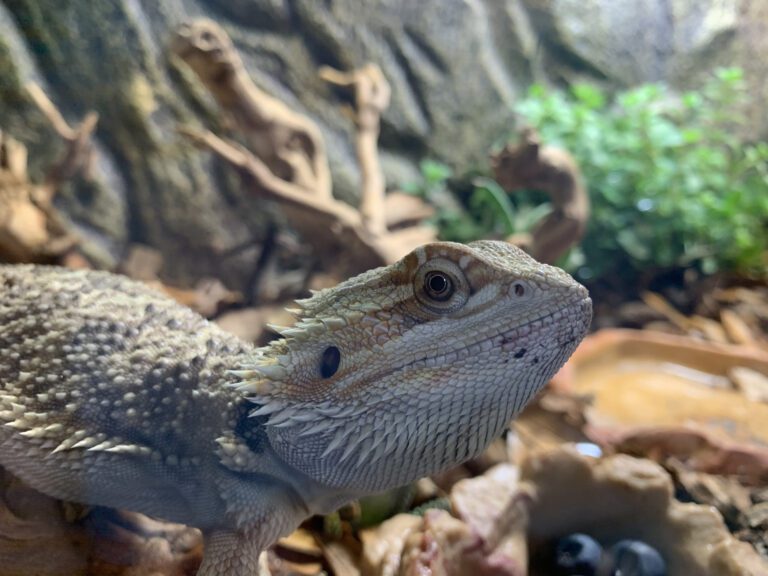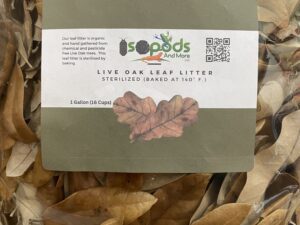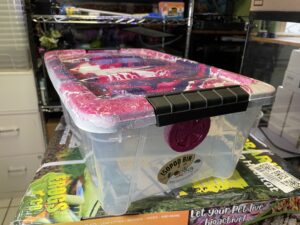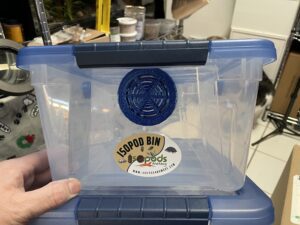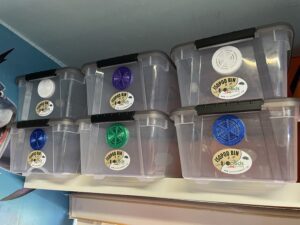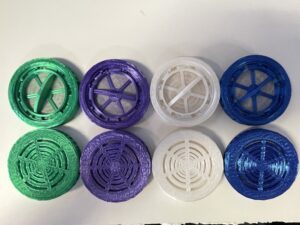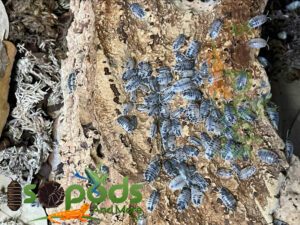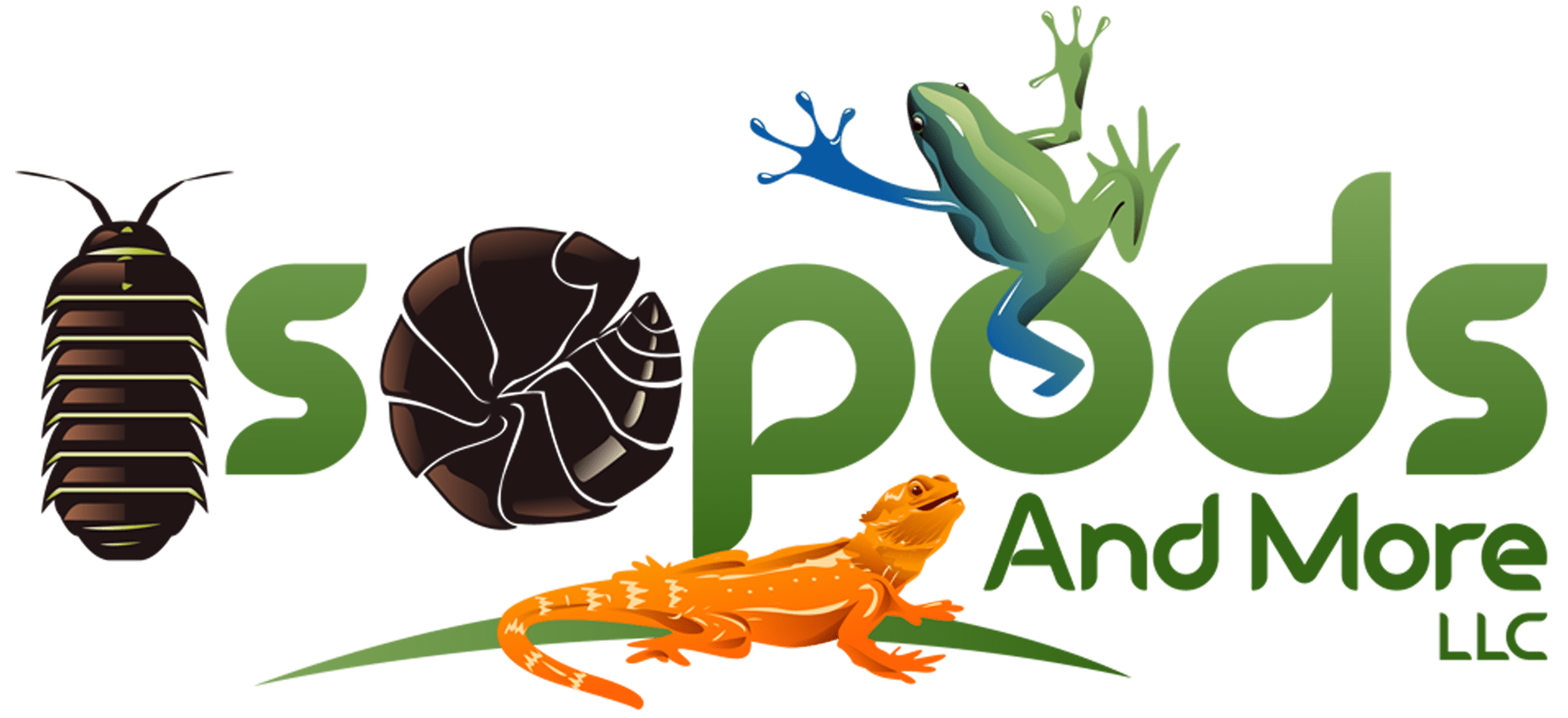Getting your bearded dragon is just one part of the puzzle; another part is ensuring that your lizard has a comfortable enclosure that mimics its natural habitat to ensure that it survives and thrives. Setting up a bioactive terrarium (an enclosure) might seem complex; however, in this post, we’ll break it down into six simple steps.
Equipment Needed:
- Substrate
- Isopods
- Light
- Screen
- Active Charcoal
- Hardscape
- Leaf litter
Step 1: Ensure The Enclosure Is Big Enough
Before we even begin anything else, you must ensure that the size of your enclosure is large enough. This is essential because bearded dragons are very mobile creatures, and they would need just enough space to move about to exercise. The tank’s volume should be at least 121 cm by 60.5 cm by 60.5 cm.
Step 2: Pour Your Charcoal
Once your enclosure is ready, the next step is to pour the active charcoal into the bottom of the enclosure; it doesn’t need to be too high; it just needs to cover the whole ground. Adding charcoal is crucial since it absorbs toxins from substrates, excess water, and odor. It also prevents algae buildup, ensuring your enclosure stays clean and fresh; however, this step is optional.
You may use other alternatives, such as lava rock or LECA.
Step 3: It’s Time For Your Substrate
Once you have your charcoal laid down, you may add your substrate; however, before that, use a breathable paper or breathable layer to separate the charcoal base from the substrate. This would prevent the substrate from mixing with the charcoal.
With the substrate, you can either purchase a premixed substrate, or you can mix the substrate yourself. For those of you who might want to go ahead to make your substrate, then you might want to use the under-listed ingredients:
- Organic topsoil- 4 parts
- Play sand- 2 parts
- Repti bark- 2 parts
- Coconut Husk- 1 part
- Coco coir- 1 part
If you are looking for a place to buy all these ingredients, do not worry, we have all in stock on our website, so make sure to check them out.
With that out of the way, mix all the ingredients mentioned above with one cup of water, and then gently pour the substrate into the tank. Ensure that the substrate is at least 7 inches thick for any regular bearded dragon; this gives the lizard enough room to dig. For pregnant bearded dragons, ensure that the substrate layer is between 11-12 inches to provide them with enough room to explore and lay their eggs.
We recommend you shy away from adding any inorganic materials; even though these might not be a problem, they might cause impaction. Impaction is when the lizard ingests any of these inorganic materials, causing indigestion in the tummy of the lizard.
Step 4: Decorate The Tank With Some Hardscape
Once done, it is time to add some hardscape, such as rocks, branches, and barks. Not only will they make the tank visually appealing, but they are functional as well by providing the lizard with some hiding space. Additionally, you may decide to add some safe plants such as aloe plants, basil, oregano, parsley, Prickly pear cacti, Dwarf Jade plant, etc.
Step 5: Include Your Clean-Up Crew
Once you have the substrate filled in and your hardscape added, it is time to insert your clean-up crew; this would mostly be comprised of macro-organisms embedded in the soil, and their role is to break down poop from your beardie. Some clean-up crews include isopods, earthworms, mealworms, beetles, fly larvae, and Dubai roaches.
Gently pour the container with the clean-up crew on the substrate, and they should find their way around the enclosure. When done, ensure to add the leave litter to provide shelter for the cleanup crew. Ensure the leaf litter is free of any harmful pests and insects.
Step 6: Light Up Its World
It’s now time to light up the new world of your bearded dragon with some lights, we recommend you use UVB lights [https://www.zillarules.com/articles/understanding-uva-uvb-uvc-reptile-lighting] , these lights prevent hypocalcemia. You must keep the lights off at night.

